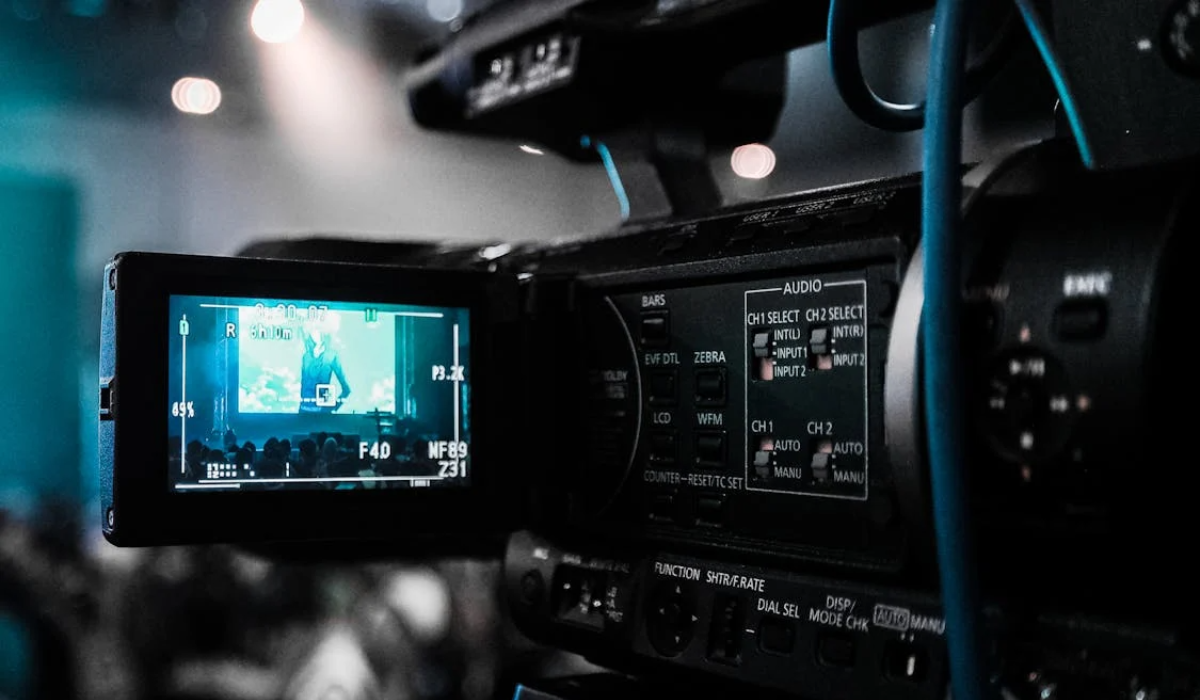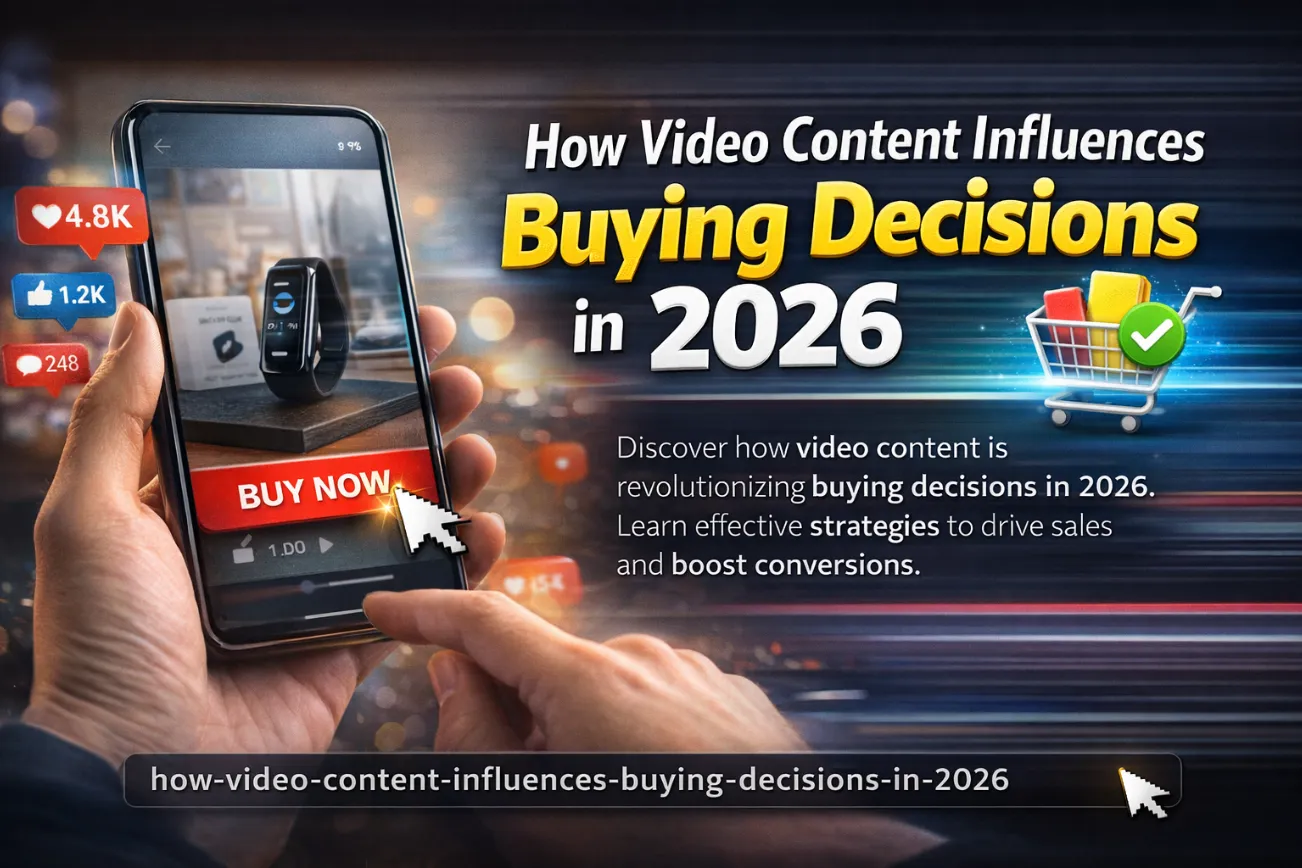How VFX is Transforming Dubai's Advertising Industry
.webp)
Something interesting is happening in Dubai's advertising scene. You're probably seeing it on your Instagram feed without even realizing it. That giant Barbie doll near Burj Khalifa? Never actually there. Those massive CeraVe bottles hanging from construction cranes? Just really good VFX work.
We've been working with Dubai brands for years, and the shift has been obvious. Companies that figure out how to use VFX properly are getting real results. The ones ignoring it are finding it harder to compete.
What's FOOH and Why Does It Matter?
FOOH means Fake Out of Home. Basically, it's CGI that looks real enough to make you do a double-take. Someone shoots regular footage of Dubai, then adds impossible things into it. The final video looks like it was filmed on a phone, which is the whole point.
The format works because it makes people stop scrolling. When you can't tell if something is real or fake, you pause. In a market where people swipe past most ads in two seconds, that pause is everything. Research shows video ads get 120% higher engagement than static content, and VFX takes that even further.
Numbers back this up. Statista reports that the UAE's digital advertising market will hit $1,451 million by 2028, up from $1,134 million in 2024. A big chunk of that growth is coming from content people actually want to share.
Why Physical Shoots Have Limitations
Traditional production runs into problems:
- Getting permits in Dubai takes forever
- Weather ruins your shooting schedule
- Building large props costs a fortune
- You're stuck with one location for your money
VFX sidesteps most of this. You shoot what you need, add the impossible parts later, and keep your timeline predictable.
Real estate projects show this advantage clearly. A developer needs to show a building that doesn't exist yet. Instead of basic 3D renders, VFX can place a realistic version into actual footage of the neighborhood. Buyers see exactly how it would look in context, which is way more convincing than traditional renderings.
Not everything needs VFX though. Some stories work better with straightforward video production. The trick is knowing which approach fits your situation.
Three Tech Changes Making This Possible
AI handles the boring stuff now. Color correction used to eat up days. Now it takes hours. Same with rotoscoping, which is cutting objects out of backgrounds. This isn't about replacing people. It's about freeing them up to do actual creative work.
Virtual production lets you see results immediately. LED walls show your background while you're filming. You shoot your product or talent against any environment without leaving the studio. Clients can see the final look during the shoot instead of waiting weeks.
Cloud tools mean location doesn't matter anymore. Your colorist can be in London, your compositor in LA, your 3D artist in Dubai. Everyone works on the same files in real time. This matters in Dubai where most brands work with international teams.
Production quality matters here. High-end cameras like the RED Komodo 6K are standard for this work, and color grading tools like DaVinci Resolve help match Dubai's intense lighting conditions. The same settings that work in London or New York don't translate here. Dubai's bright sunlight and urban environments need different treatments to look good on screens.
Dubai's Audience Is Different
Over 200 nationalities live in Dubai. Something that works for one group completely misses another. This is a real challenge if you're trying to advertise here.
VFX helps because the idea is visual. A giant product showing up somewhere unexpected doesn't need explanation. Everyone gets it regardless of where they're from.
Quality matters a lot in this market though. People here see advertising from luxury brands every day. If your CGI work looks cheap, it damages your brand instead of helping it. We test our work on actual phones people use here. We account for bright sunlight because that's how people actually view content in Dubai.
The Money Side of This
Warc Media reported that traditional outdoor advertising in the Middle East hit $882 million in 2022. By 2023, it grew to $980 million. Each billboard or poster only reaches people who physically walk or drive past it.
Digital campaigns work differently. The Maybelline mascara FOOH got over 3 million Instagram likes. Industry estimates say it reached about 40 million people without paying for most of that reach. People just shared it.
Mordor Intelligence projects that Digital Out-of-Home advertising in the UAE will grow from $35.71 million in 2025 to $76.3 million by 2030. That's annual growth of 16.41%.
Two things make VFX cost-effective:
- Production costs less than building physical installations
- People share it organically on social media
But you still need a clear message. VFX with no strategy behind it fails just like any other weak advertising.
What Brands Need to Know
VFX isn't just for massive companies anymore. The technology costs less now. Production takes less time. But you need to think it through.
Figure out your message first. VFX is a tool. It serves your communication goal. It isn't the goal itself.
Keep your brand consistent. The VFX version of your content should look and feel like your brand. Same colors. Same tone. Same style.
Think about where it goes. FOOH works on Instagram and TikTok. If your audience isn't active on those platforms, pick a different format.
We show clients previews before we start the heavy production work. Making changes in the planning stage costs way less than changing things after we've rendered everything.
What's Coming Next
The global VFX in advertising market is projected to grow from $3.2 billion in 2024 to $7.37 billion by 2034. That's an 8.7% annual growth rate, which tells you where the industry is heading.
AI tools are getting better at VFX work. They can automate complicated tasks that used to need manual work. Big studios are testing these now. Expect them to be available to more companies in 2025 and 2026.
Virtual production equipment is spreading in Dubai. As prices drop, smaller production companies can afford it. More competition means better prices for brands.
FOOH keeps growing. More brands are using it, so audience expectations keep rising. What looked impressive last year now appears basic.
IMARC Group predicts that the UAE's digital advertising market will grow at a 12% annual rate from 2025 to 2033. Visual content is a big part of that growth.
Where VFX Fits Now
VFX has become normal in Dubai advertising. It's not just for film companies anymore. Brands in every sector use it.
The benefits are real:
- Shoot anywhere without traveling
- Lower costs for certain types of content
- Create ideas that are impossible physically
- Keep quality consistent across everything
But it doesn't replace strategy or clear communication.
At Wild Camel we've been doing VFX work for four years now. We've seen it work really well when there's a solid strategy behind it. We've also seen it fail when people add effects just because they can.
Dubai's advertising scene is competitive. Your content needs to stand out. But it also needs to make sense for your business. VFX helps with that when you use it right.
Want to talk about whether VFX makes sense for your brand? We'll be straight with you about what's realistic for your budget and what you're trying to achieve.
WILD CAMEL HYPERMEDIA
Get in touch!

Get in touch!

Get in touch!








.svg)


.svg)
.svg)
.svg)
.svg)